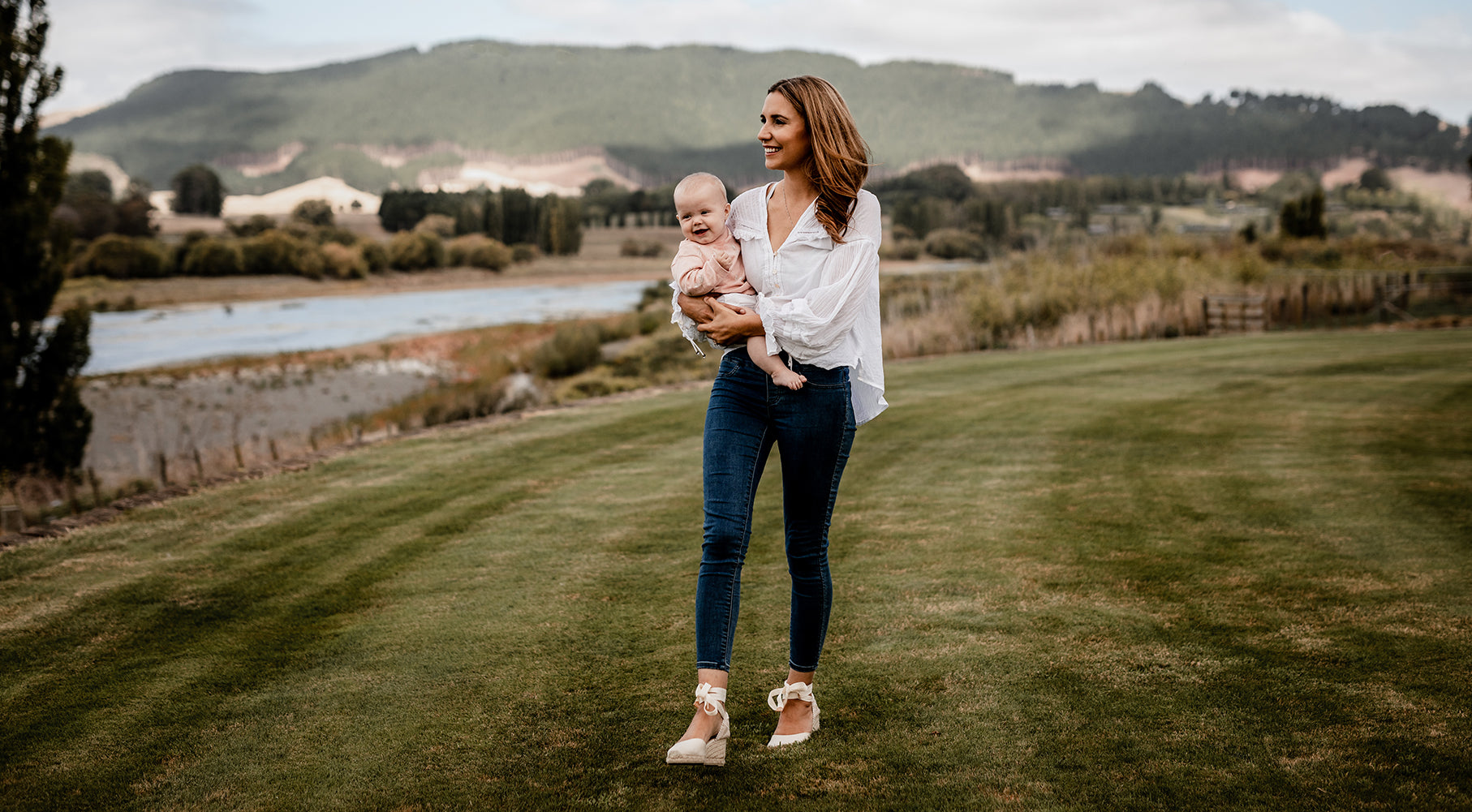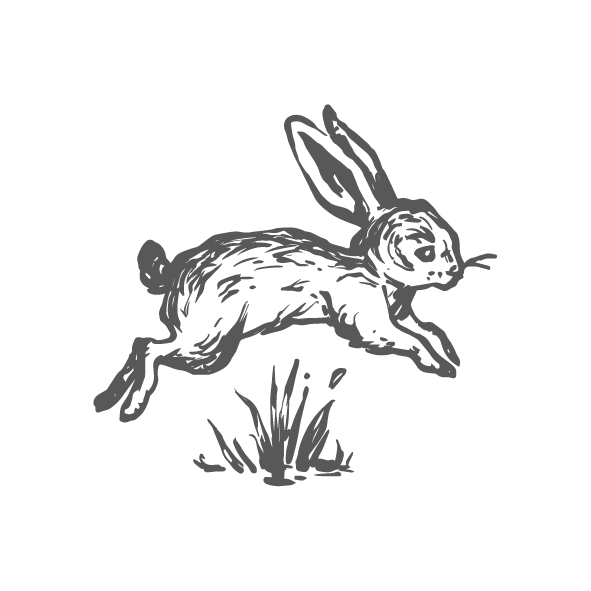Our Customer Love Manager and mum of four Kara Fleming, shares her answers to some of the common queries she receives about formula feeding.
What supplies do I need?
From formula to bottles, from teats to sterilisers, the choices can seem endless. But it's a good idea to hold off buying too much of any one type of feeding product. After all, you may end up finding that what you have chosen doesn’t suit your baby.
To get you through the first week or so, you'll need to have enough formula – one tin should be enough - water, bottles, and teats. Burp cloths and a bottle/teat brush will also come in handy.
Once you get in the swing of feeding your baby, you may find it's worth investing in more or different kinds of bottles, or items that can make the feeding process go a little smoother (like a bottle drying rack).
What type of formula should I use?
All formula comes in three (sometimes four stages) with each stage formulated with the necessary ingredients to nourish your little one.
There are very strict regulatory guidelines that govern the formulation of infant formulas, so you can be assured that the formulas you feed your baby contain all the necessary protein, carbohydrates, fats, vitamins and minerals that babies need.
However it is crucial to choose the correct stage of formula to suit the age of your baby:
Stage 1 –Infant Formula is suitable from birth to 6 months
Stage 2 –Follow On Formula is suitable for babies 6 months to 1 year
Stage 3 –Toddler Milk Drink is suitable for children aged 1 year to 3 years where their diet might not be adequate to meet their daily nutritional requirements.
Many different formulas are available these days, which can make the process of choosing one a little overwhelming at first.
It can help to talk to other parents of other infants about what they use and why. But remember, it's ultimately up to your baby, and it might take trying a variety of different formulas before you find the one that works for your little one.
The kinds of formula include:
Cow's milk-based formulas: make up the vast majority of formulas.
Goat’s milk-based formulas: a popular alternative to cow’s milk-based formula, but can be more expensive.
Soy-based formulas: for parents who do not want their babies to eat animal protein, or for the very rare babies who cannot digest lactose. Many babies who are allergic to cow’s milk, are also allergic to the protein in soy formulas, so soy-based formulas generally don't help with milk-protein allergies. Use only iron-fortified formula, unless advised otherwise by your doctor.
Hypoallergenic formulas: for babies who can't tolerate the basic formulas, like those with allergies to milk or soy proteins. The proteins in these hypoallergenic formulas are broken down to their basic components and so are easier to digest. These special formulas are available by prescription from your health professional.
Specialised formulas: designed for premature, low birth-weight babies.
Whatever kind you choose, make sure to check the expiration date on all cans and don't use formula if the security seal has been broken or the tin is damaged.
I see Haven is made from A2 protein milk. What is the difference between A2 milk formula and regular milk formulas?
A2 milk is an alternative to regular cow’s milk. Emerging evidence from studies suggests A2 milk is less likely to be associated with digestive discomfort.
Regular cow’s formulas, contain two beta-casein proteins that are known as A1 and A2. The distinction between the two proteins is subtle. They only differ in structure by one amino acid, but that tiny variance may have a big impact on the way the protein is digested. The A1 protein may be hard for some babies to digest, causing digestive discomfort, gas, and pain - similar to lactose intolerance.
A theory suggests that milk that only contains the A2 protein, may be easier for our bodies to digest, and is much gentler on little tummies.
That’s why when we designed Haven, we chose to create formulas that use only A2 milk proteins.
Luckily, there are still cows out there that only produce the A2 protein. Back in the day, cows only produced the A2 protein. At some point along the way, a mutation occurred, and most of our milk-producing friends started to make the A1 protein as well.
Haven works with select farms on the West Coast of New Zealand’s South Island who have herds of cows that only produce A2 milk. Our A2 milk comes from these hand-picked, DNA-tested cows that only produce the A2 beta-casein protein. A2 milk protein is not a product of genetic engineering or modification. It’s naturally obtained from these special cows.
What are the benefits of Haven A2 protein milk formula?
It can be disheartening to see your little one upset or in discomfort. Symptoms of stomach discomfort associated with milk digestion could include gas and bloating. This type of digestive discomfort can often lead to a fussy, crying baby.
Haven A2 protein milk may be naturally easy to digest for your little one’s tummy, as the A2 protein is similar to that found in breast milk. Our A2 milk is selectively sourced from cows who are grass-fed and are never treated with antibiotics or artificial growth hormones.
If your little one seems to be experiencing milk-related discomfort, Haven might be an excellent choice to provide a little extra care for your wee one.
What kind of bottle should I use?
Bottles come in different shapes and sizes, can be made of glass or plastic, and even stainless steel. Some babies do better with certain shapes of bottles. You may need to try a few different brands before you find the one that works best for you and your baby, so it’s best to only buy the bare minimum until you are certain the bottles and teats work for your little one.
It's important to note that some plastic bottles are labelled "BPA-free"—meaning that they do not contain the chemical bisphenol A, which is found in some plastics and may affect kids' health. Glass bottles are free of BPA and can last for a long time, but can crack and chip, so they need to be checked often to avoid harm to your baby.
What kind of teats should I use?
Walk down the baby aisle in your local baby store, and it's easy to be completely overwhelmed. For starters, teats come in silicone (clear) or latex (brown). But the options don't end there.
The many different varieties include orthodontic teats, rounded teats, wide-based teats, and flat-top teats, just to name a few. And some are advertised as "being closer to the natural shape of a mother's breast." But which kind is best really depends on your baby and what he or she seems to prefer. After all, every baby is different.
Teats also often come in different numbers, "stages," or "flow rates"to reflect the size of the teats hole, which affects the flow (i.e., slow, medium, or fast) of formula or breast milk. For example, fast flows may cause younger babies to gag or may simply give them more formula than they can handle, whereas slower flows may frustrate some babies and cause them to suck harder and gulp too much air.
But whether these different flows are necessary depends on each baby. Your little one may seem to prefer variety or may be content throughout infancy to use the same kind and size of teat. If your baby seems fussy or frustrated with the teat, you can certainly try a different kind (like one with a larger hole) to see if it makes any difference.
How often should teats be replaced?
That depends on how the teats you're using hold up to cleaning, sterilising, and everyday use. Be sure to check them regularly for signs of wear and replace them often. Also, as your baby grows, he or she might prefer teats that come in different sizes and flows (the holes get bigger as babies get older and are ready to handle faster flows of milk).
How do I know how much to feed my baby?
All formula comes with detailed preparation instructions on the can. It is vital that these instructions are closely followed. The instructions will give you an indication of how many scoops to water quantity and also give you a guide to how many feeds in a 24hr period.
How do I prepare a bottle?
1- Sterilise your bottles – always wash your bottles in warm soapy water, cleaned with a bottle brush and rinsed thoroughly. It is recommended you sterilise the baby bottles in a steriliser (there are many different bottle sterilisers on the market to choose from).
2- Use cooled down water that has been boiled.
3- Depending on what age/stage your baby is at, pour that amount of water you require into the bottle and add the required amount of scoops of formula to make up the bottle.
4- Place the lid/seal on the bottle to mix the water and formula together.
5- Always test the temperature first before giving baby the bottle. An easy way to do this is to squirt milk out of the bottle on to the inside of your wrist.
The formula powder isn’t dissolving completely in the bottle, am I doing something wrong?
The normal manufacturing process of formula can result in different powder particle sizes. If the milk powder is fine, water absorption can be slower and it will take longer to dissolve. This does not affect the product quality or the nutritional value of formula.
Sometimes powder doesn’t fully dissolve when you are using the very small bottles for little babies, or making a larger bottle for toddlers. This is because the space left in the bottle once the water and powder is added is limited and doesn’t leave a lot of room for the powder to mix in to the water when the bottle is shaken up. Sometimes this can mean there is sediment in the bottle.
If you are finding your formula isn’t dissolving completely – you can use a sterilised spoon, or even a small baking whisk, to mix the powder until it is fully dissolved.
Why are there bubbles in the bottle after I have shaken it? The formula seems really foamy.
Bubbles in formula, or foaming, is very normal when mixing up formula. This can be caused by over vigorous shaking of the bottle. Whilst the bubbles themselves aren’t a problem, too many bubbles may contribute to increased digestion discomfort for your baby due them swallowing more air.
To minimise foaming, after shaking, tap the bottle on the bench a number of times to burst some of the bubbles and then swirl in a circular motion to dissolve others. You can also again use a sterilised spoon to stir to mix the formula, rather than shake, if your baby tends to suffer with a lot of gas after feeding.
Why does formula smell unusual?
Baby formula is loaded with the vitamins and minerals that your baby needs, but, while it is meant to mimic the nutritional value of breastmilk, that is where the comparison ends.
One of the biggest complaints parents have is that formula smells unusual, although typically they are smelling specific elements of the formula itself. It’s common for most formula brands to have a smell to them.
Since the vitamins and minerals are added to the formula, they will cause a particular smell. And since each brand has its own specific ingredient list, the way each brand smells will vary.
While some brands may smell like metal or cheese or even fish, others can smell similar to iron or even dog or cat biscuits.
Metal – Many formula brands smell metallic, largely due to vitamins and minerals found in the formula.
Fish – For formulas that have DHA added in them, they may have a more fishy smell. And depending on the batch and how strong the DHA is, some containers of formula may smell fishier than others. Haven uses DHA sourced from algae so this contributes a slightly different smell to the overall smell of formula.
Cheese – For lactose-intolerant babies, special lactose-free and hypoallergenic formulas are often prescribed and these tend to have a cheesy smell.
Iron – If you think your baby’s formula smells like iron, you’re probably right! It’s likely that you are in fact smelling the iron that’s added to the formula. This is quite often the case with Stage 3 formulas as these have more iron added for growing active little people.
If you have any concerns or queries about using Haven for your little one, feel free to reach out to me at hello@havenbaby.co.nz or via the chat function on our website athavenbaby.co.nz or via messenger or Instagram.
Whatever choice you make for feeding your little one, it will always be a loving choice and always the right choice for your unique situation ~ Kara




